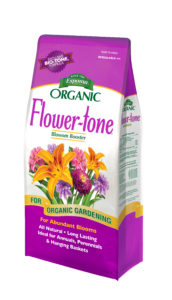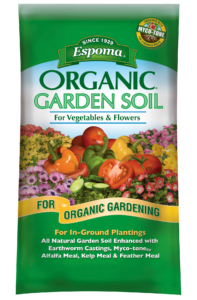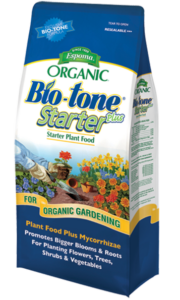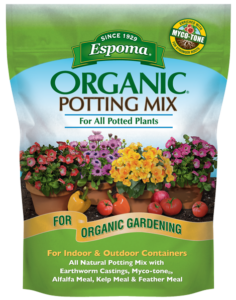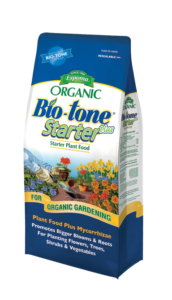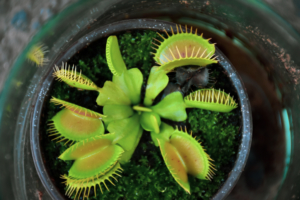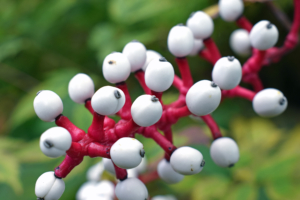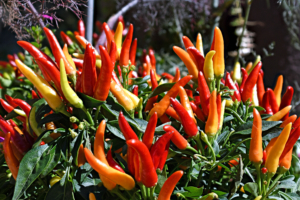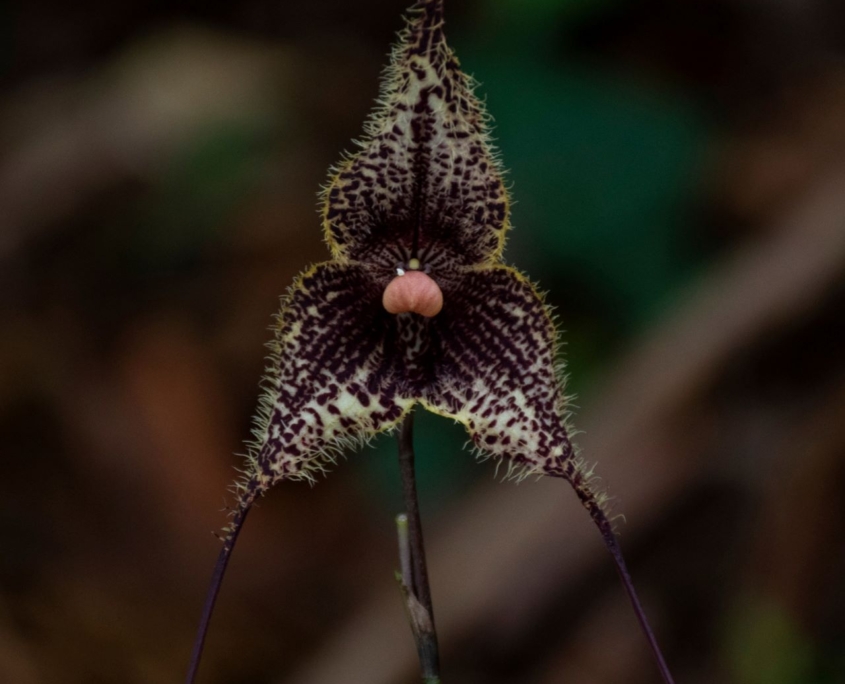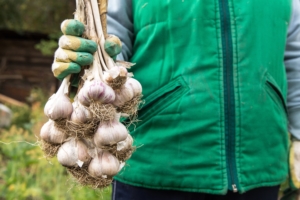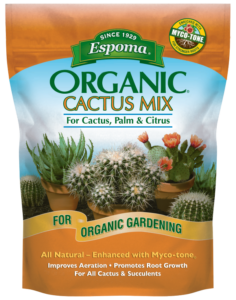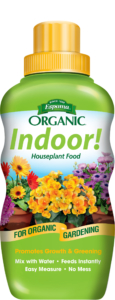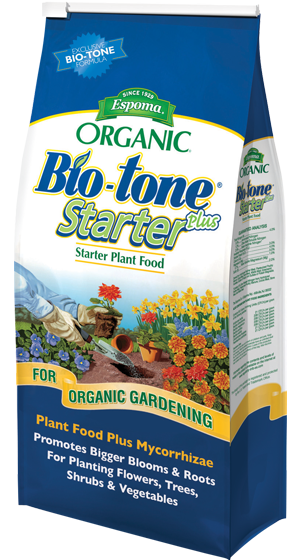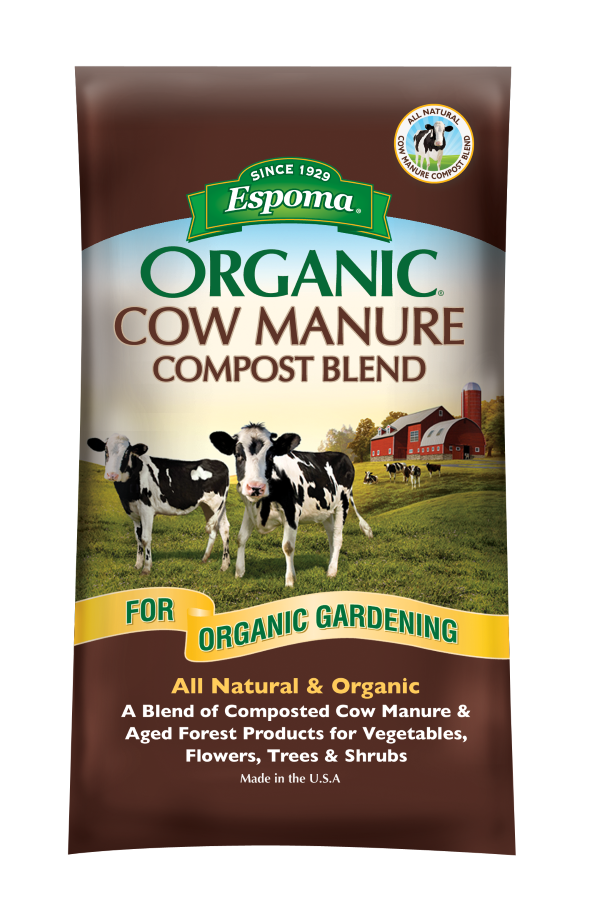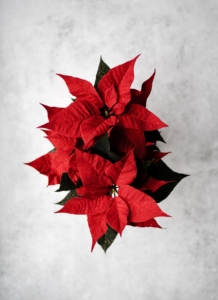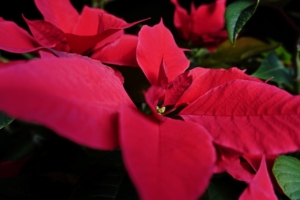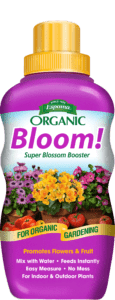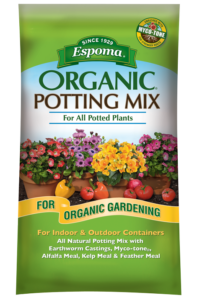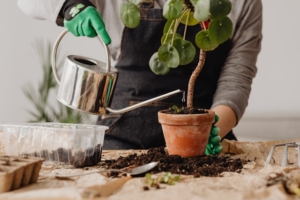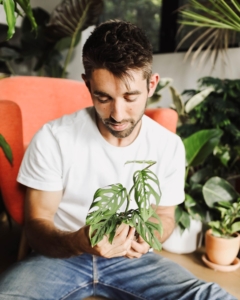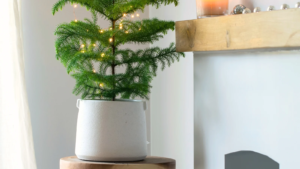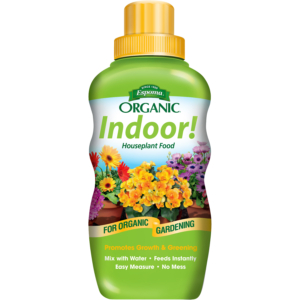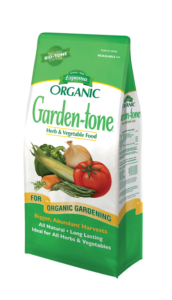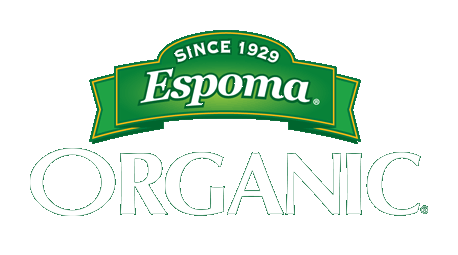Beginners Guide to Growing Cut Flowers
Growing flowers in your garden can be as appealing as growing food, because not only are flowers beautiful, but they’re pollinator magnets. Let’s get into the basics of growing cut flowers.
This blog is inspired by Episode 128 of Bloom and Grow Radio Podcast, where host Maria Failla interviewed Brooklyn Sherri, owner of Petal and Herb Farm.
Why Are Seed Packets Important?
Seed packets can be crucial in helping you understand all the components that go into growing your cut flower garden. They provide information on when to plant, how long until germination, plant description, growing habits, how deep the seed should be planted, and helpful details on growth and harvesting. Make sure you do your homework on the seed company of your choosing to make sure they fit your needs.
What Is My Growing Zone?
Your growing zone helps you determine how long your frost-free growing season is. If you’re in the U.S., you can find your USDA plant hardiness zone by entering your zip code.
Once you find your hardiness zone, you can also search for the last frost date in your zip code. Your first and last frost dates will show you how many frost-free growing days you have in a season. This can help you figure out when to plant each of your cut flower varieties.
What Growing Conditions Do Flowers Need?
Most flowers prefer well-draining soil. If you’re starting with clay soil that tends to hold water, you want to amend it with compost or peat moss to provide more drainage. Additionally, you can mix in bagged garden soil, like Espoma’s Vegetable & Flower Garden Soil to add structure and drainage.
Sun needs will also vary by flower, but a general rule is 6 hours of direct sun for flowers. Whether you’re direct sowing seeds outdoors or transplanting plants, make sure each variety is in a location with enough sun.
Water requirements for annual flowers may be higher during Summer months, but in general, deep, infrequent watering is best. About one inch of water per week is enough.
Fertilizing requirements will depend on the specific flower you’re growing. If you notice foliage yellowing, it can often mean your plant is low in nitrogen. Or if you have lots of green foliage but no blooms, that could indicate you have a phosphorous problem. Try Espoma’s Flower-Tone Fertilizer to get large, healthy blooms.
Now that you know basic care for growing cut flowers, check out our list of the 7 best flowers to grow from seed as a beginner!
1) Sunflowers
Sunflowers are some of the easiest annual flowers to grow from seed. You can directly sow them outdoors in full sun with minimal effort. They come in so many sizes and colors too!

2) Zinnias
Zinnias are another easy annual flower to grow from seed in full sun. They only take about 60-70 days to bloom from seed, and there are tons of varieties like double flowered, dwarfs, cactus, and giant zinnias. They also come in a wide range of stunning colors!
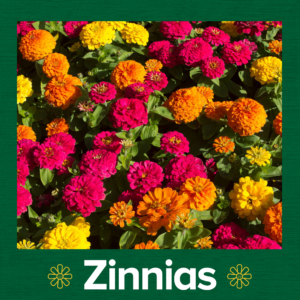
3) Daisies
Unlike sunflowers and zinnias, daisies are a perennial flower that will come back year after year. You can start them from seed outdoors as long as you keep them moist for up to twenty days. Otherwise, they grow great from transplants and continue to spread every year. They come in whites, yellows, pinks, and reds.
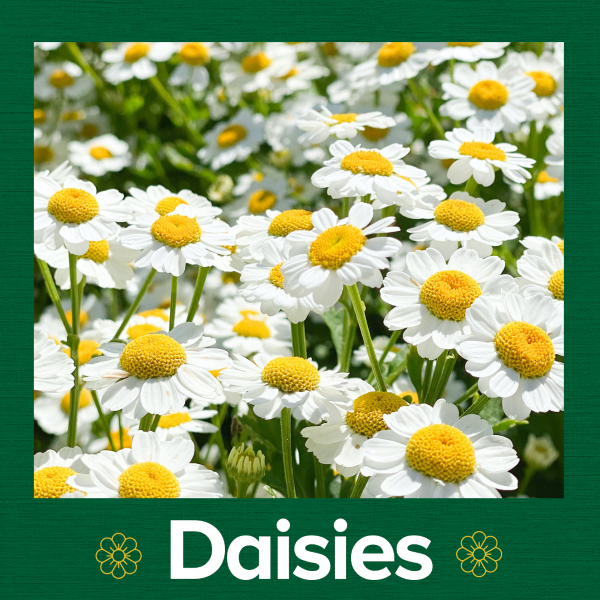
4) Sweet Peas
Sweet peas are an annual flower that can deal with cooler temperatures. Plant them in very early Spring and you’ll have beautiful pastel bouquets in a couple of months. Since they are vining plants, give them something to climb like a trellis.
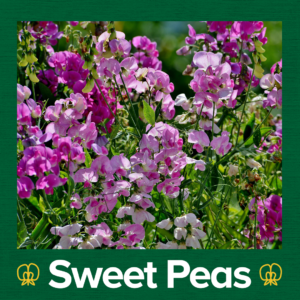
5) Snapdragons
While snapdragons will need to be started from seed indoors 2-3 months before your last frost, the payoff in blooms will be worth it. Pay attention to the seed packet for best germination methods. The more you cut snapdragon blooms and create branching, the more blooms you’ll get. And snapdragons come in so many different colors that you’ll be creating gorgeous bouquets for weeks!

6) Cosmos
Cosmos are another easy-to-grow annual that produce tons of Summer blooms. They come in a variety of heights and colors, and their long, slender stems make for an easy addition to any cut flower bouquet.
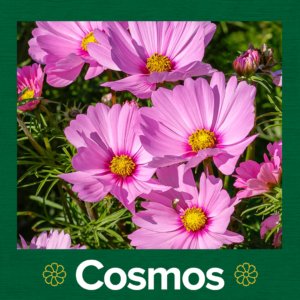
7) Strawflower
And finally we have the humble, yet unmistakable strawflower. This annual is another easy-to-grow flower from seed that can handle any soil quality you have. Its textured petals feel similar to straw and make gorgeous cut or dried flower bouquets.
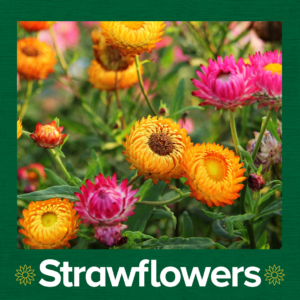
*****
To give your cut flowers a healthy start, try using Espoma’s Flower-Tone Fertilizer during the growing season for larger, more abundant blooms.
About Bloom & Grow Radio Podcast
Bloom & Grow Radio Podcast helps people care for plants successfully and cultivate more joy in their lives. Host Maria Failla, a former plant killer turned happy plant lady, interviews experts on various aspects of plant care, and encourages listeners to not only care for plants, but learn to care for themselves along the way.
About Our Interviewee
Brooklyn Sherri is a flower farmer with many skills. She runs her own flower farm, Petal & Herb, where they produce flowers, vegetables, berries, herbs, and microgreens all on 5 acres of land in Colorado. Brooklyn also hosts Ya Grandma’s Garden & Houseplants on Clubhouse and teaches horticulture at The Cool Choice to improve the opportunities for children and families in her neighborhood.
Follow Brooklyn:
Instagram
Petal and Herb Farm
Ya Grandma’s Garden & Houseplants on Clubhouse
Featured Products:
